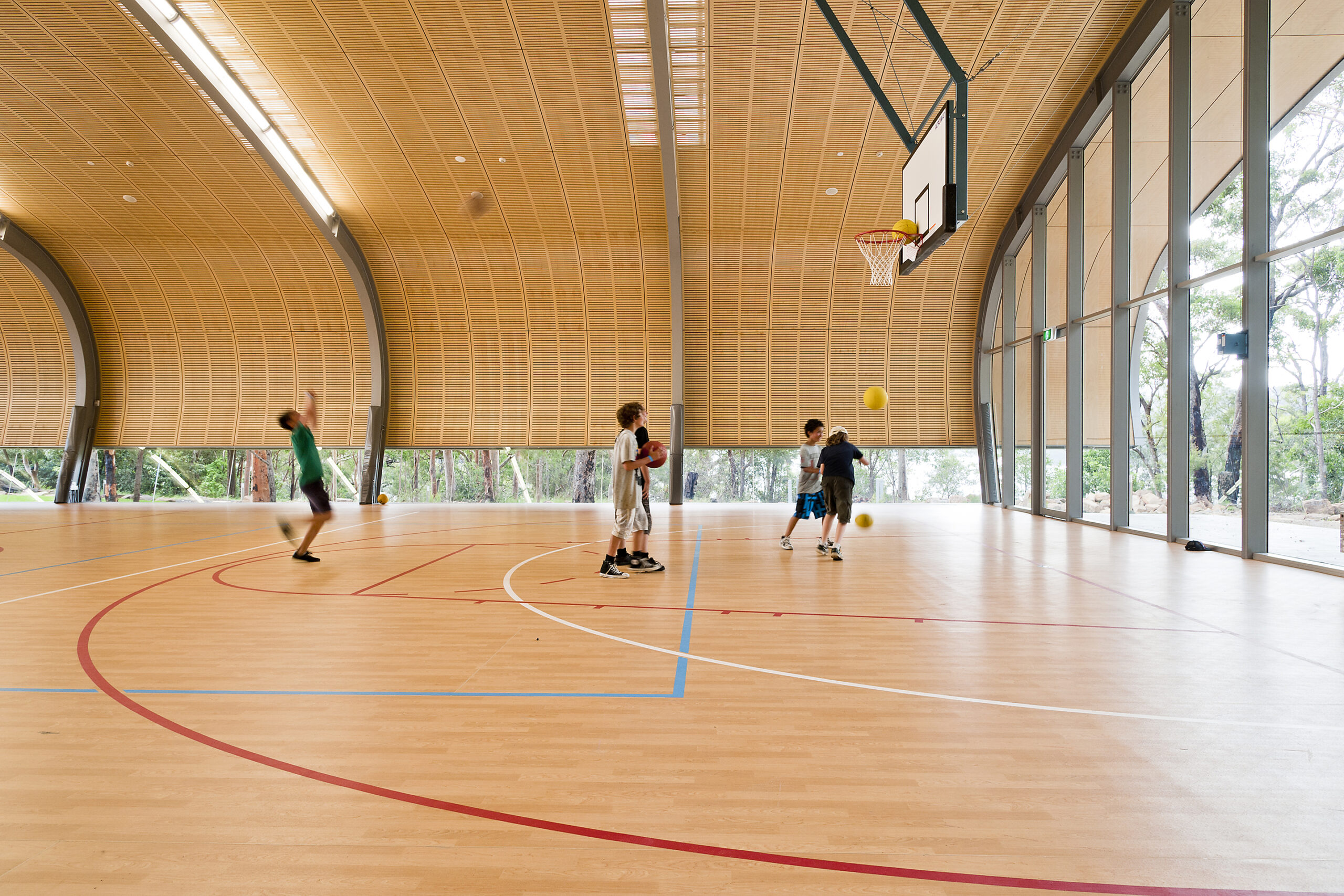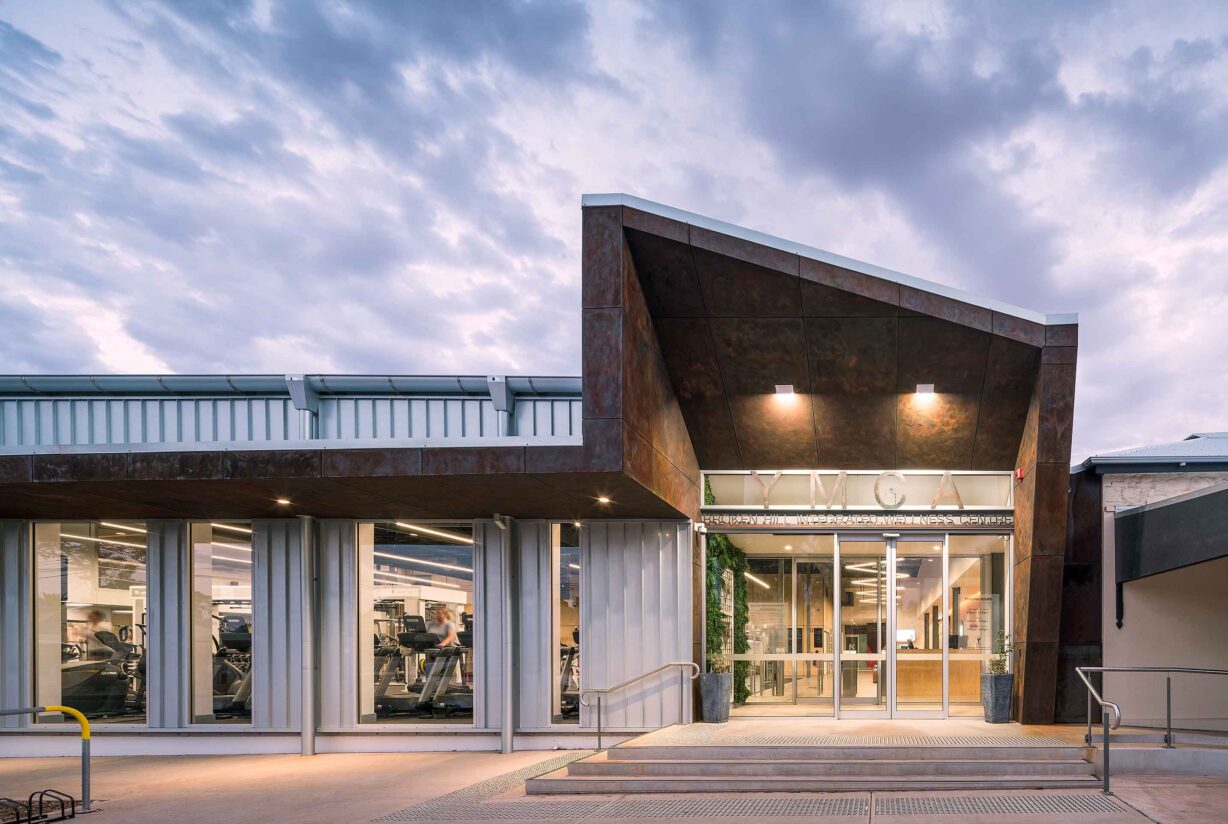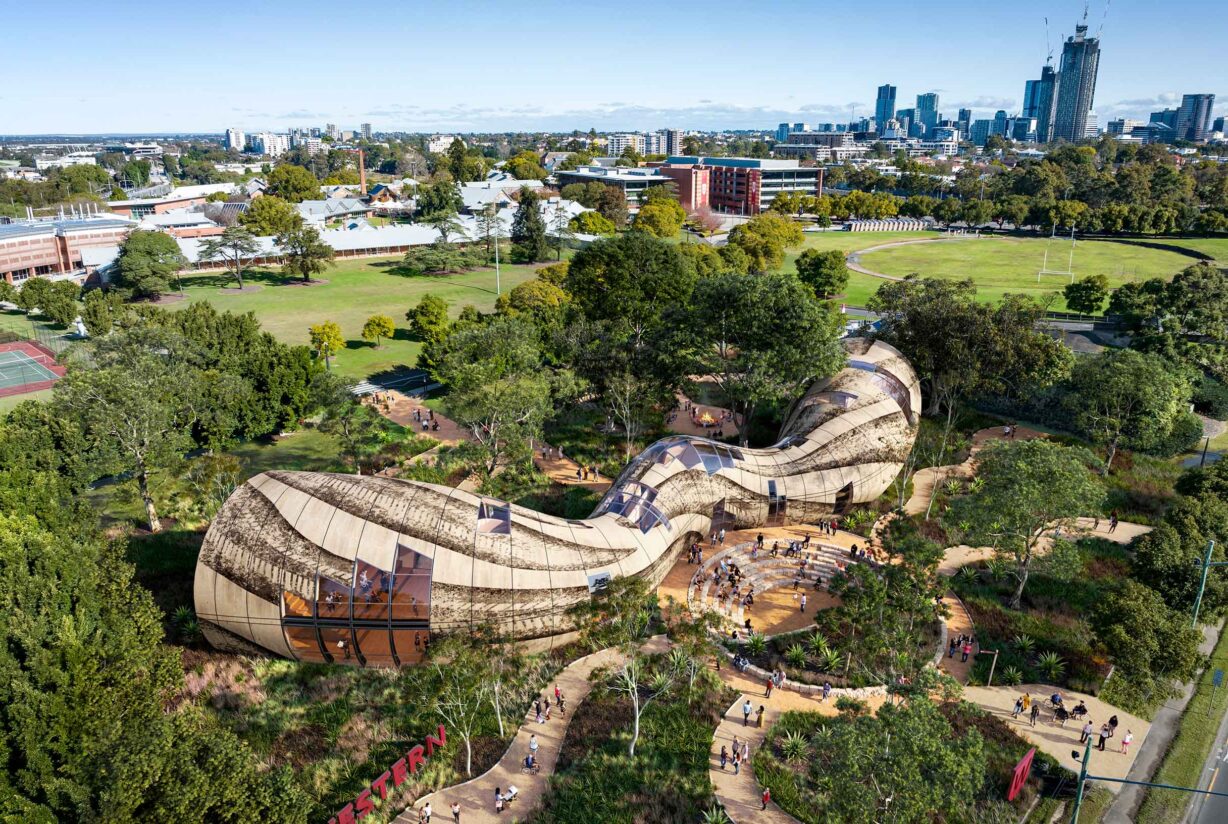What a fortnight. Here we are, mid pandemic and Sydney’s second wave of the virus has plunged our city into its longest lockdown yet. At the same time, the Covid-crippled Tokyo 2020 Olympic Games has been in full swing – in mid 2021! And Brisbane is voted the 2032 Summer Olympics host city. Extraordinary times we live in.
As a designer of sports venues (large and small), watching the Tokyo games, seeing athletes from around the world come together under unprecedented scrutiny and stress, has piqued my interest from another angle. Not so much the global competition for gold and glory, but ideas around teamwork and participation, of striving for excellence and achieving personal bests.
These are experiences common to all of us, and they’re the intangible fundamentally human drivers that designers of sports venues must tap into, whether it’s a city school sports hall to a regional community centre where combined sports and health facilities are demonstrated to strengthen communities and help at-risk youth find themselves.
Of course, as an architect, I’m also reading the venues with a keen interest in how they work. In many ways it’s the unseen parts of a sports venue that intrigue me – the engine room that keeps these mammoth collective events humming along.
SAME BUT DIFFERENT
The Olympics highlight the incredible diversity of sport – in the physical and physiological differences in how we compete. Take some of the sports I’ve been watching – swimming, gymnastics, tennis and rowing – all so different to do, to watch and to design for.
As a practice, in our sports projects, we work closely with the sports bodies to develop an understanding of the sport, and the sort of spaces needed to support it. Again, the variability is fascinating. Flooring for example is so specific and different for each sport. From the design of the flooring, to the HVAC specification and the pool depth for water polo and diving. It’s like learning a new language for each project. Did you know for badminton you have to consider airflow rates?
And then there’s equipment storage. I can’t help watching the gymnastics without picturing where all the equipment is when it’s not being used.
This diversity across sports, combined with the specific needs of each community of users makes it a fine balance to create facilities that are flexible enough to cater to a variety of sports, inclusive enough to offer access (not just for elite performers), efficient enough to meet the brief and operational cost expectations of the client.
At the local level, sports venues tend to be funded through a mix of community goodwill and government assistance. They have to prove their long-term financial viability and fitness for purpose to a lot of different stakeholders. In a way, this is what makes them so invaluable to communities – because everyone has a vested interest in their success.
CREATING COMMUNITIES
Actually, I believe that every one of us has a vested interest in our local sporting venues, whether we use them or not. Organisations like the YMCA and PCYC use participation as a way of engaging young people, bringing them in from the fringes and encouraging to work together in the shared endeavour of sport.
In recent years, our work with both of these organisations has shown us first-hand not only how to best balance the complex design challenges of sporting venues, but also the enormous social benefits of getting it right.
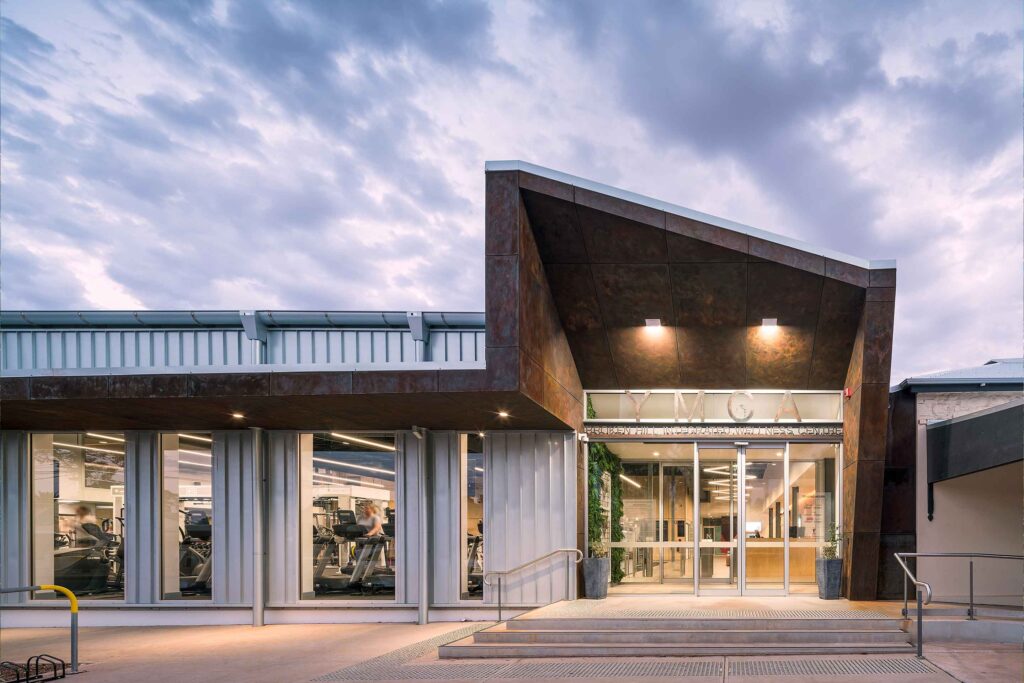
Take for example the Broken Hill YMCA, a project we completed in 2019. This has since seen a dramatic uptick in youth participation at the reimagined venue, which now also welcomes community with a gym and wellness centre, and allied health care facilities servicing the region.
ALL INCLUSIVE
In many ways, even more inspirational than the competition in Tokyo right now, will be the Paralympics, starting on August 24. We can marvel at these Olympians’ sporting feats, but also at their courage in overcoming massive obstacles to get there. As a society we are just beginning the journey of recognising and designing for people of all physical abilities, so it’s an important time in my profession, and I’m sure for many others.
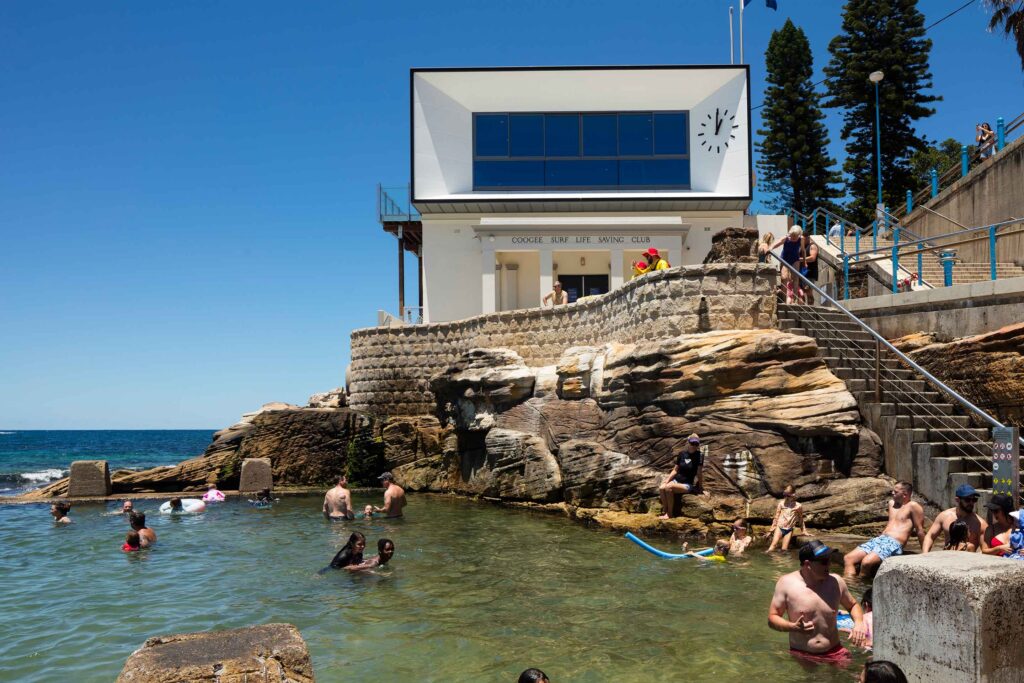
In 2020, our practice handed over the completely reimagined Coogee Surf Life Saving Club to its community in Sydney’s southeast. The Club keeps watch over 4 million visitors a year who use the beach. The design gesture of opening up a full ocular view to the sand, and installing an elevator in the Club house, meant that for the first time in its 113-year history, people of all different abilities were enabled to participate as surf life savers. Levelling the entry, adding accessible toilets and high-contrast signage have also worked to dissolve physical barriers within the Club.
For sports fans, the next few are exciting, with world class events coming to Australia – the Women’s Soccer (2022), Netball World Cup (2027) and the 2032 Brisbane Olympic Games, all recently confirmed.
For me personally, I’m excited at the number of community-oriented sports projects that AJC is involved in. We’re working with a number of local councils around Greater Sydney on some landmark community sporting projects. And we continue our long relationship with the PCYC on new centres around regional NSW. The key in all of diverse projects is to not only design facilities to accommodate the sports events themselves, but importantly, to design them in way that enriches and cultivates a sense of community.

